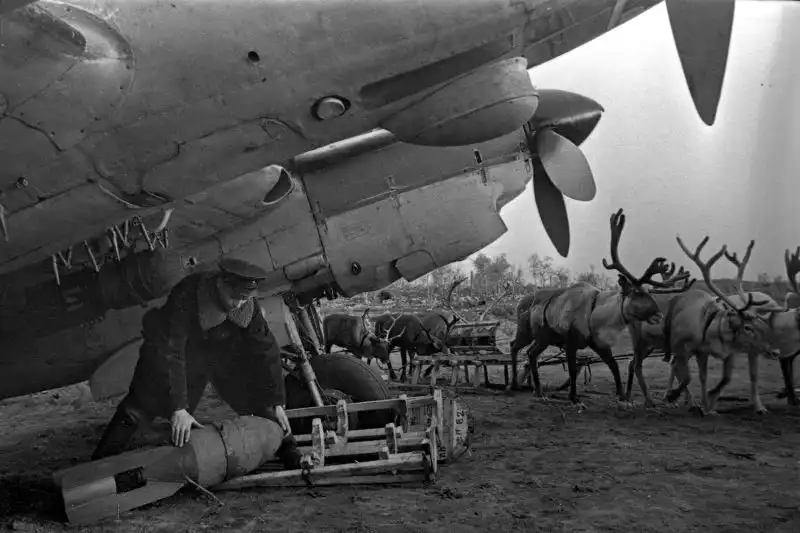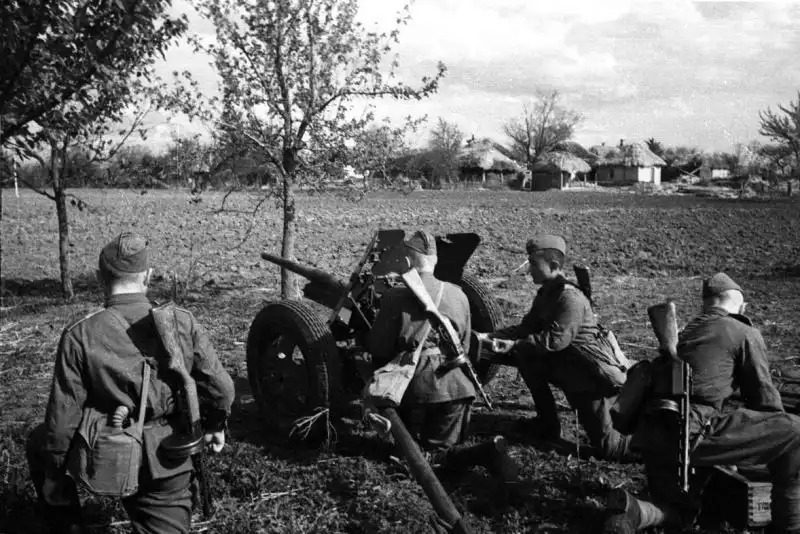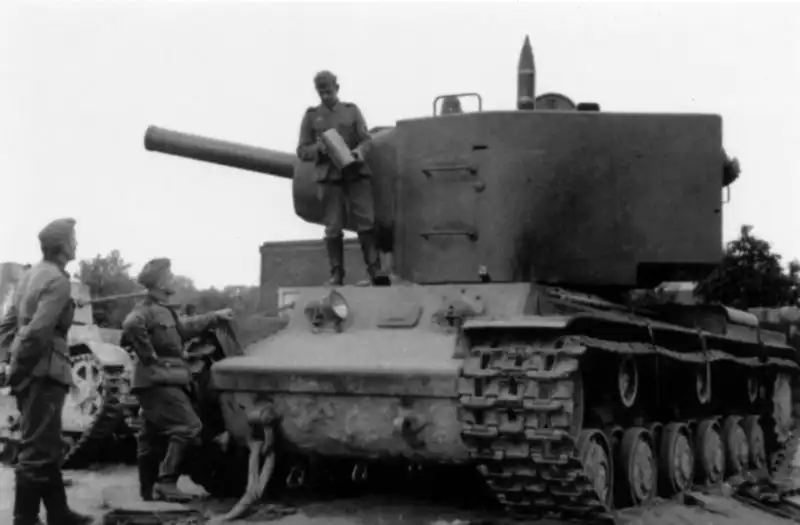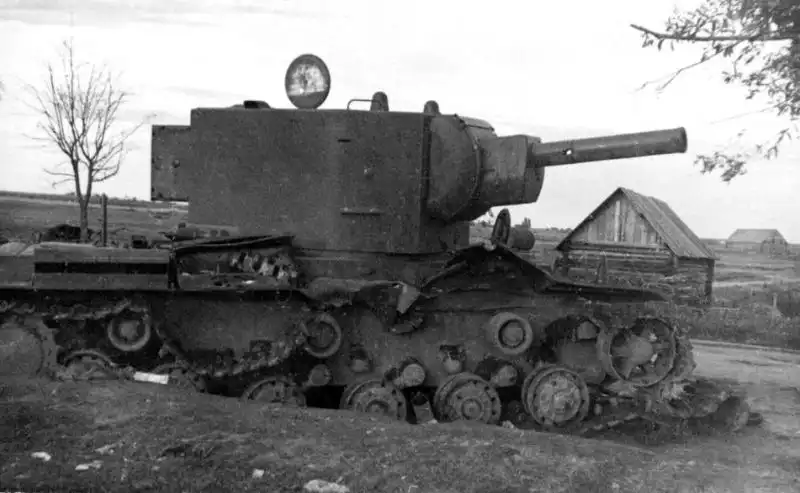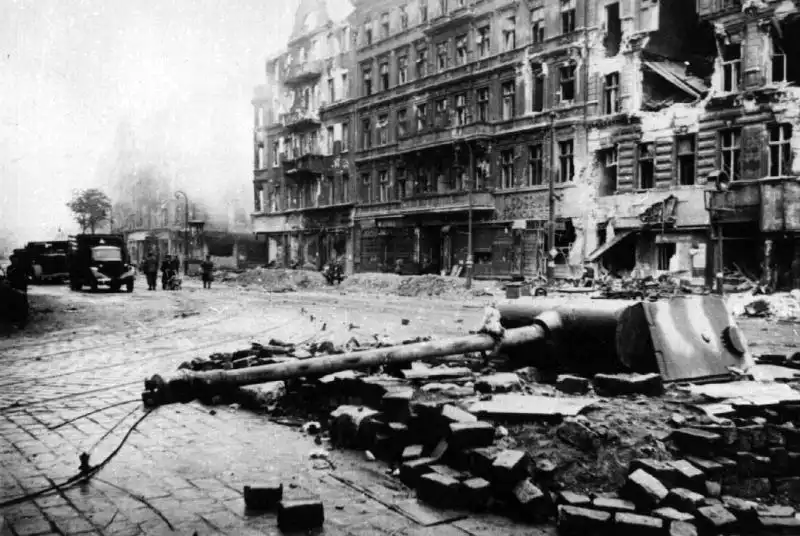Barrage Balloon of Moscow’s Air Defense on Revolution Square, 1941
November 16, 2025 - Reading time: 4 minutes
Barrage balloon moored on Revolution Square in Moscow, 1941.
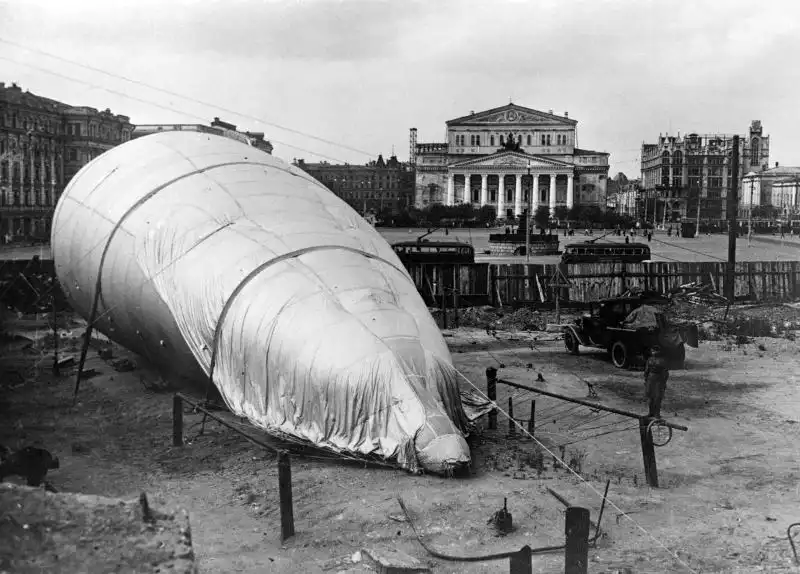
This photograph shows a Soviet barrage balloon moored on Revolution Square in central Moscow in 1941, during one of the most intense periods of the capital’s wartime air defense preparations. Barrage balloons formed a key element of the Red Army’s passive air defense system, creating obstacles in the sky that forced enemy aircraft to fly higher and reduce the accuracy of their bombing runs.
After the German invasion in June 1941, Soviet engineers and air defense units rapidly deployed hundreds of balloons around strategic districts: government buildings, industrial zones, rail junctions, and densely populated neighborhoods. Each balloon was anchored to steel cables that posed a serious danger to low-flying aircraft — pilots risked ripping wings or fuselages apart if they descended too far.
On Revolution Square, a place usually associated with civilian life and public gatherings, the presence of a barrage balloon symbolized Moscow’s sudden transformation into a fortified wartime city. These balloons were tended by trained crews responsible for deployment, altitude control, and retrieval depending on weather conditions, enemy activity, and air-raid alerts.
Although passive by design, the barrage balloon network significantly complicated Luftwaffe operations over Moscow. German bombers often had to climb above the barrier fields, making it harder for them to hit targets and rendering them more vulnerable to Soviet anti-aircraft gunners.
Photographed by Naum Granovsky, one of the foremost chroniclers of wartime Moscow, the image captures both the technological pragmatism and the psychological impact of the city’s defense measures during the critical months of 1941.
Technical Photo Data:
📍 Location: Revolution Square, Moscow, USSR
📅 Date: 1941
📝 Subject: Soviet barrage balloon used for air defense
📷 Photographer: Naum Granovsky
- Air defense obstacles WWII
- Moscow 1941 balloon barrage
- Anti-aircraft protection measures
- Urban wartime defenses USSR
- German air raid counteraction
Tags
Category
Search
Categories
- Unidentified WWII Photos (12)
- World War II Photos 1937 (1)
- World War II Photos 1938 (1)
- World War II Photos 1939 (3)
- World War II Photos 1940 (5)
- World War II Photos 1941 (95)
- World War II Photos 1942 (54)
- World War II Photos 1943 (48)
- World War II Photos 1944 (76)
- World War II Photos 1945 (40)
- WWII and Postwar Photos 1946 (1)
